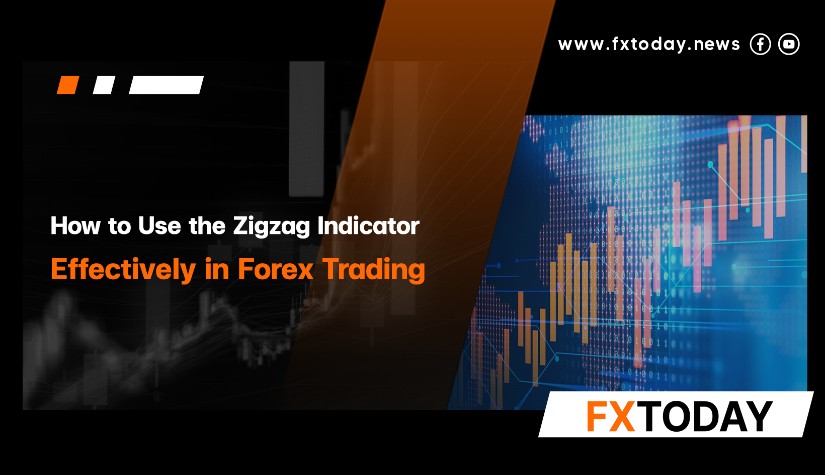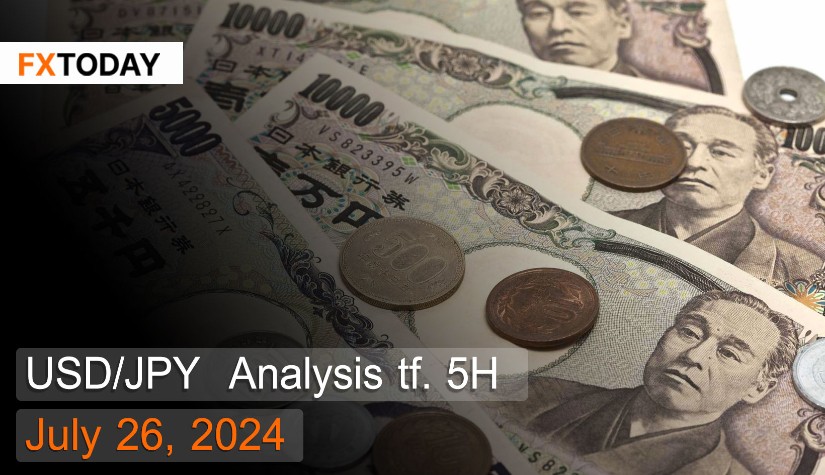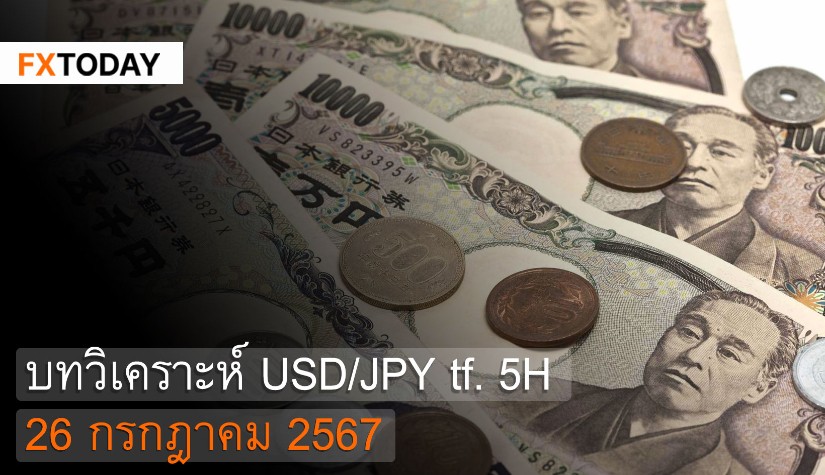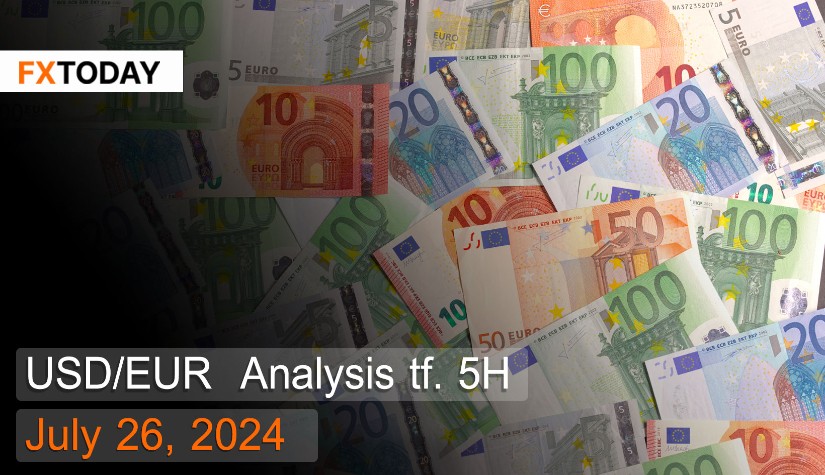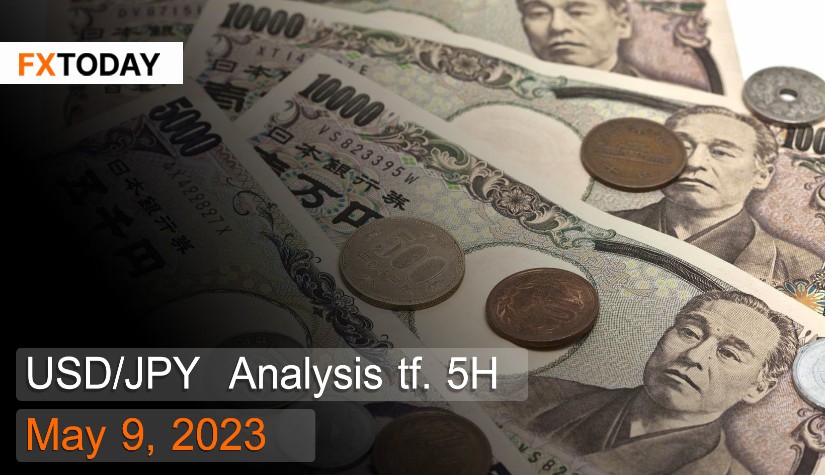In the realm of financial markets and trading, technical analysis act as a crucial role in decision-making. A multitude of tools are at the disposal of traders, and among them, the ZigZag Indicator is a valuable tool for identifying trends and reversals. This article provides deep detail into the concept, functionality, and applications of the ZigZag Indicator.
Understanding the ZigZag Indicator
The ZigZag Indicator is an instrument designed to filter out minor price fluctuations and concentrate on significant price changes. It facilitates the identification of the low or high points of each swing that has occurred and connects these points using zigzag lines. It can be integrated with pivot points, retracement percentages, or specific deviations for a more comprehensive analysis.
Customizing the ZigZag Indicator Settings
The ZigZag Indicator offers customizable settings that enable traders to adjust its performance to suit their preferences and trading strategies. These settings primarily revolve around defining the criteria for identifying significant price reversals and determining the sensitivity of the indicator.
1. Percentage or Point Threshold
Traders can configure the ZigZag Indicator to recognize considerable price swings based on either a percentage or a point threshold. This setting specifies the minimum percentage or number of points a price must shift to be considered a significant swing. For instance, a trader could establish a 5% threshold, implying the indicator will only draft a line if the price deviates by at least 5% from the previous significant swing point.
2. Retrace Percentage
Traders often utilize the retrace percentage setting in conjunction with the ZigZag Indicator to eliminate smaller price retracements within a broader trend. It indicates the maximum percentage by which the price can retrace from a significant swing point before the indicator plots a new line. By setting a higher retrace percentage, traders can disregard minor price shifts and concentrate on more substantial price movements.
3. Depth
The depth setting controls the number of bars or periods that the ZigZag Indicator considers when detecting significant swings. A higher depth value will consider back further in larger price swings, while a lower value will prioritize more recent price fluctuations. The depth setting offers traders the flexibility to adjust the indicator's sensitivity to accommodate different timeframes or market condition.
4. Visualization
The ZigZag Indicator provides visualization options to enhance its representation on the price chart. Traders can decide to display the indicator as a connected line or as separate line segments between significant swing points. Moreover, traders can adjust the line color and thickness for improved visibility.
Limitations and Considerations
As with any technical instrument, the ZigZag Indicator has limitations. A significant factor to consider is its lagging nature, as the indicator redraws lines based on past price actions. Traders must be aware of this lag and employ additional analysis to verify signals. False signals and noise can pose a challenge, particularly in volatile markets. Thus, prudent risk management and the employment of other indicators are crucial to counter these limitations.
Conclusion
The ZigZag Indicator is an effective tool for technical analysis. With an understanding of its functionality and by coupling it with other indicators, it aids traders in recognizing trends, price reversals, and market conditions. Nonetheless, traders should consider the limitations and apply appropriate risk management techniques to maximize the ZigZag Indicator as a valuable trading resource.
______________________________
Maximize your knowledge: Blog
Keep up to date on global events: News
Updated
1 year ago
(Jun 21, 2023 17:18)

